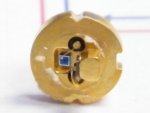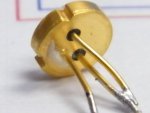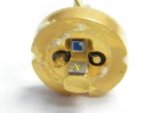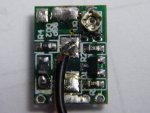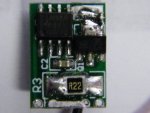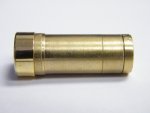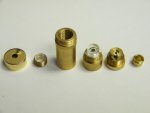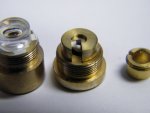skjult
0
- Joined
- Jun 22, 2012
- Messages
- 46
- Points
- 8
I have an approx 150mw green module which has a blown diode and / or driver board. Wanting to do 1 of 2 things:
1. Replace 808nm diode and driver with new ones at same level of output. Cheap.
2. Replace both with a higher output combo. Still cheap.
I have heard that the crystal will generally not take too much more than designed... and that this is partially (maybe wholly?) the reason the big mW greens are expensive. Big output 808nm does not seem to be much of an issue.
Thanks in advance.
1. Replace 808nm diode and driver with new ones at same level of output. Cheap.
2. Replace both with a higher output combo. Still cheap.
I have heard that the crystal will generally not take too much more than designed... and that this is partially (maybe wholly?) the reason the big mW greens are expensive. Big output 808nm does not seem to be much of an issue.
Thanks in advance.




